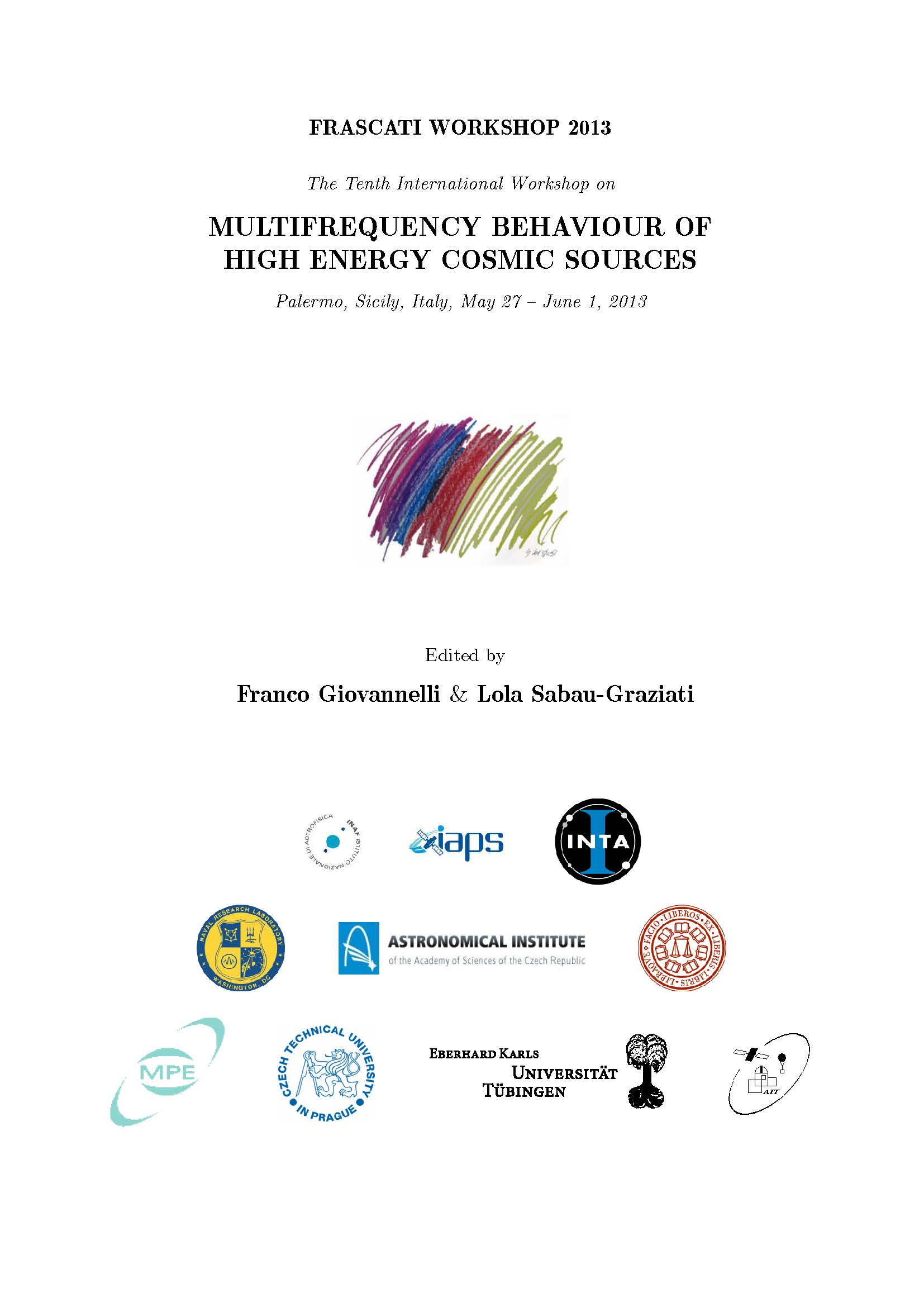The HiSCORE Project
DOI:
https://doi.org/10.14311/APP.2014.01.0283Abstract
A central question of Astroparticle Physics, the origin of cosmic rays, still remains unsolved. HiSCORE (Hundred*i Square-km Cosmic ORigin Explorer) is a concept for a large-area wide-angle non-imaging air shower detector, addressing this question by searching for cosmic ray pevatrons in the energy range from 10TeV to few PeV and cosmic rays in the energy range above 100TeV. In the framework of the Tunka-HiSCORE project, first prototypes have been deployed on the site of the Tunka-133 experiment, where we plan to install an engineering array covering an area of the order of 1km2. On the same site, also imaging and particle detectors are planned, potentially allowing a future hybrid detector system. Here we present the HiSCORE detector principle, its potential for cosmic ray origin search and the status of ongoing activities in the framework of the Tunka-HiSCORE experiment.Downloads
Download data is not yet available.
Downloads
Published
2014-12-04
Issue
Section
Articles
How to Cite
Tluczykont, M., Brückner, M., Budnev, N., Chvalaev, O., Dyachok, A., Epimakhov, S., Gress, O., Hampf, D., Horns, D., Ivanova, A., Kalmykov, N., Konstantinov, E., Korosteleva, E., Kozin, V., Kunnas, M., Kuzmichev, L., Lubsandorzhiev, B., Mirgazov, R., Monkhoev, R., … Zirakashvili, V. (2014). The HiSCORE Project. Acta Polytechnica CTU Proceedings, 1(1), 283-287. https://doi.org/10.14311/APP.2014.01.0283



